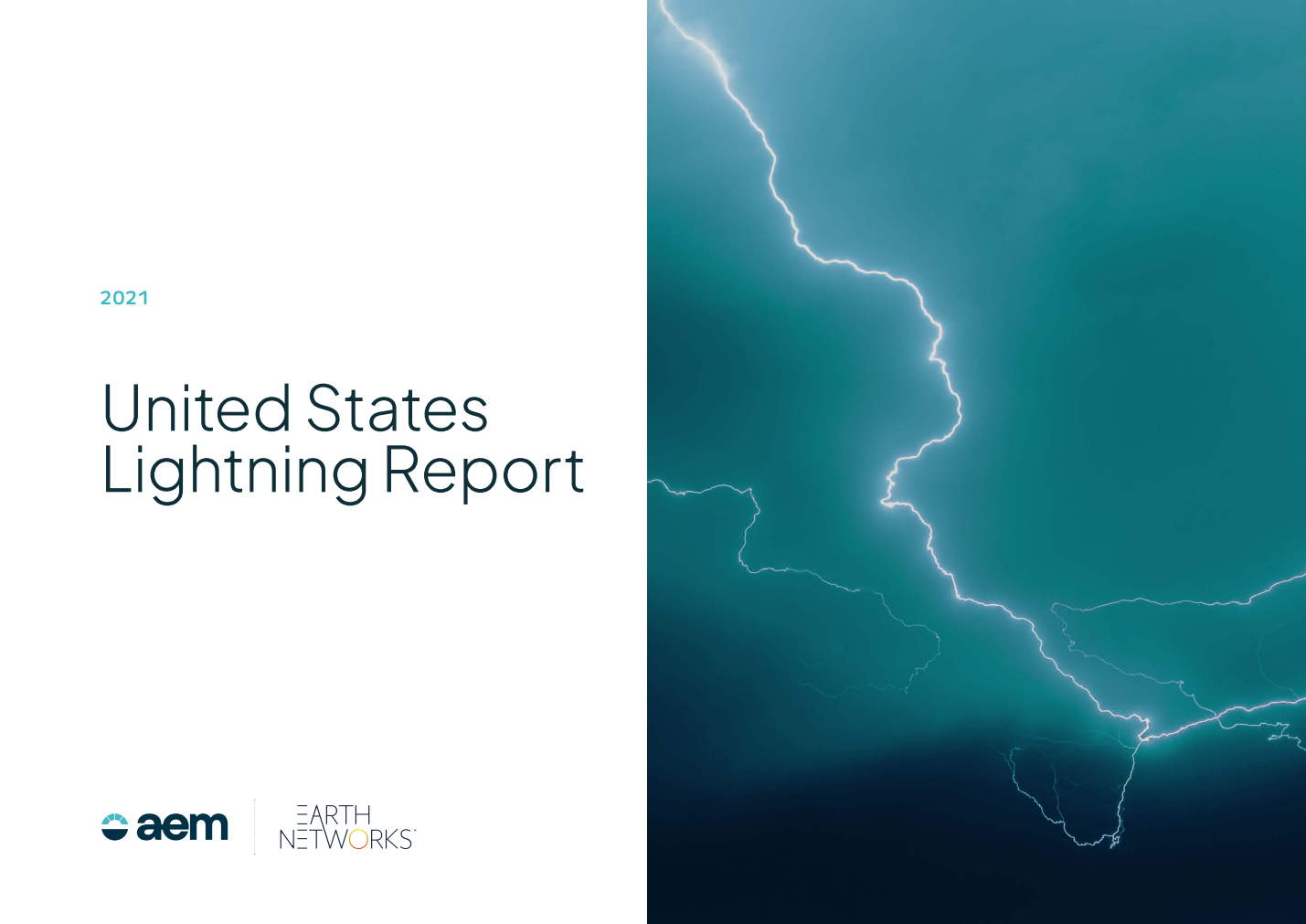Zoos and Bad Weather

There are a lot of different factors that go into deciding whether or not to visit the zoo. One of these things in the weather. Most people plan zoo visits in the hope of sunny weather.
Zoos and bad weather have a rocky relationship. Too high or too low temperatures often result in a dip in visitors. Bad weather can also have an adverse effect on the animals at the zoo. While some animals enjoy the rain or snow, other animals get anxious when sheltered from storms in confined places.
While zoos depend heavily on weather conditions for the success and safety of their operations, bad weather isn't always a bad thing for zoos or visitors. Let's take a look at 5 other things we bet you didn't know about zoos and bad weather and the best way to make the most of your rainy zoo day!
1. Different Animals Enjoy Different Weather Conditions
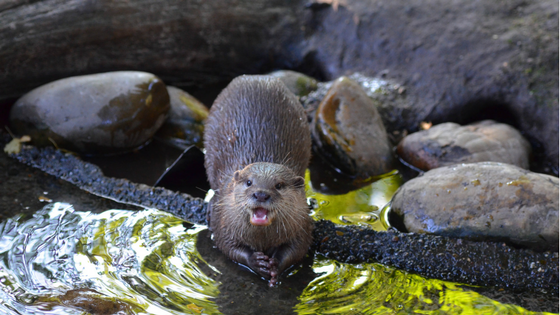
While you might not enjoy a rainy day at the zoo, there are plenty of common zoo animals that are extremely active during bad weather. If you're a big fan of some of these animals, it might just be worth it to pack your umbrellas, ponchos, and rain boots and enjoy what nature has to offer. For example, elephants and rhinos love the rain. In fact, they often won't even react when the skies open up. Grizzly bears and crocodiles are other animals that don't mind the rain either.At most zoos, there are also plenty of indoor enclosures where you can observe all types of animals no matter the weather. You also have the benefit of it not being as crowded as it would be on a sunny day!
At most zoos, there are also plenty of indoor enclosures where you can observe all types of animals no matter the weather. You also have the benefit of it not being as crowded as it would be on a sunny day!
Another weather condition that might keep you away from the zoo is the temperature. Most people don't associate a day at the zoo with cold winter temperatures. However, the winter can be a very exciting time to visit the zoo. There are plenty of animals who are from naturally cold climates. For example, sea lions and seals actually love the cold weather. Another rare animal that loves the colder weather is the panda. Pandas have a heavy coat and thick layer of fat that keeps them warm when snow is on the ground.
2. Smart Zoos Rely on Weather Risk Management
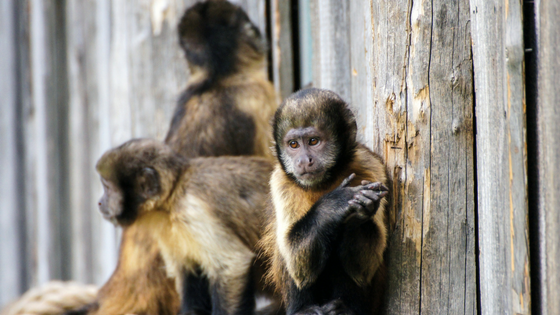
If you're worried about the animals during thunderstorms, blizzards, or hurricanes you're not alone. In fact, most zoos have weather risk management plans to protect the animals, the employees, and visitors like you.
When adverse weather is in the forecast, zoos that have a weather monitoring system are the safest ones to go to. Weather monitoring and alerting systems lets zoo decision makers understand everything about current and developing weather conditions so that they can give visitors and employees the fastest lead time when it comes to keeping visitors and animals safe.
3. You Bad Weather Zoo Trip Packing List
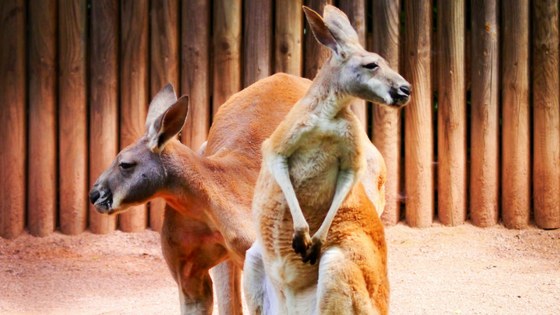
If you're going to visit the zoo during bad weather, it's a good idea to make sure you have the right things packed. Here's our list. Let us know if we left anything in the comments below!
First, you'll need anything you would need on a regular zoo day, including:
- Map
- Tickets
- Snacks
- Bottled water
- Lunch/snacks
- Insect spray
- Camera or smartphone
- Wallet
- Sunscreen
- Hand sanitizer
Next, you'll need to pack things for bad weather. If it's raining, make sure you pack:
- A change of clothes for everyone
- Umbrellas
- Rain jackets
- Ponchos
- Rain boots
- Extra socks
- Hats
If it's chilly or snowy and you venture to the zoo, make sure you pack:
- Layers
- Gloves/mittens
- Boots
- Handwarmers
- Sunscreen (snow reflects sunlight!)
If thunderstorms are in the forecast, make sure you have a weather application monitors real-time lightning data so you can see just how far away storms are. It also helps to go to a zoo that has a program for weather risk management and emergency situations.
4. Bad Weather Zoo Safety Tips
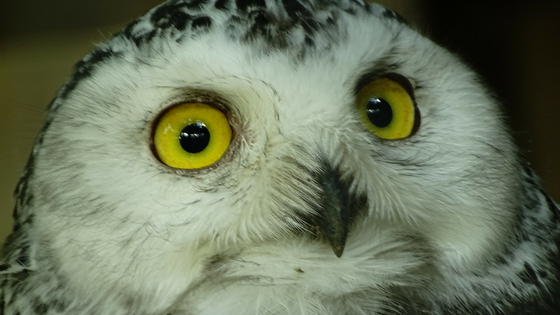
When we refer to "bad weather," in this section, we're talking about less severe forms of adverse weather like rain and snow, rather than big events like hurricanes or tornadoes.
Here are a few tips you should know if perfect weather isn't in the forecast for your zoo trip.
- Know where to go in case the weather gets dangerous or you need a break. Most zoos will have exhibit buildings and visitor centers to seek refuge from the rain
- Before you even leave for the zoo, make sure you have dressed appropriately for the forecasted weather
- If temperatures are cold or icy, use extra caution when moving around the zoo. Report any slippery or unpassable areas to staff immediately
On the other hand, if you work at a zoo, follow these tips:
- Install a severe weather alerting system to keep visitors, staff, and animals safe from severe weather conditions like lightning
- Use a weather service that provides wet bulb globe temperature readings to understand how the heat is affecting both patrons and visitors
- Use climate-controlled habitats to protect animals from both the hot and the cold, depending on the species
- Ensure proper draining systems to prevent flooding
5. Rules to be Followed in Zoos
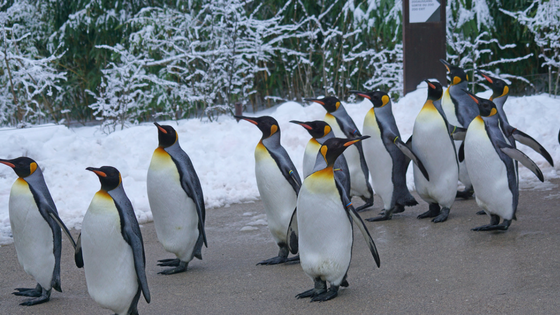
There are some zoo rules that you should follow no matter the weather conditions.
First of all, make sure you and your children respect the animals, workers, and enclosures. Don't tease the animals or disregard warnings or signs on enclosures. You don't want to put you, your children, or the animals in danger. In addition, don't dangle over enclosures to try and get "better" pictures. This also puts you and the animals in danger.
Secondly, you should never feed the animals with outside food. This could make the animals very sick and could get you in a lot of trouble. It is illegal in the United States, according to the USDA, to bring food for animals into the zoo.
It is also important to walk at all times in the zoo. This is a safety precaution that will keep you from colliding with other people, obstacles, and strollers.


